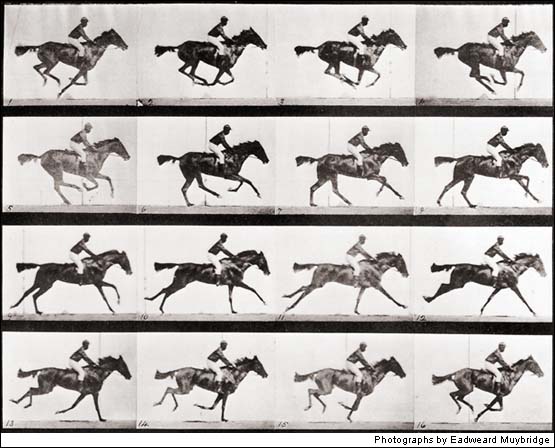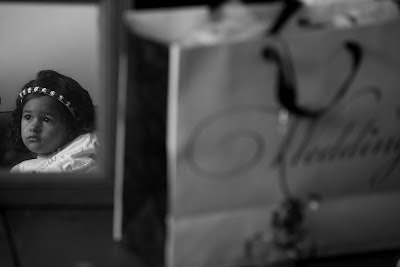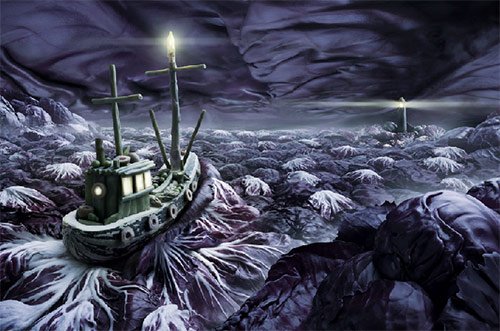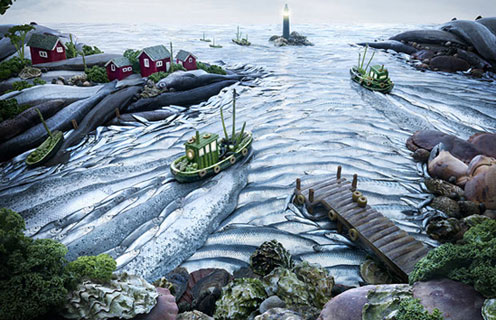Kirsty Mitchell and the Art of Photography
I recently came across the photography of Kirsty Mitchell
and it seems she is becoming increasingly well known, particularly for her
images of “Wonderland,” her installation in the windows of Karen Millen, and
for her many press and TV appearances.
On the whole, her reviews are overwhelmingly positive and she is much
admired by both critics and public alike, although I have heard her work
criticised and dismissed as banal. Beyond
this, there has always been a long standing debate about whether photography
can be considered an art form or whether it is merely a scientific process
requiring no more these days than the push of a button. To me, it depends on who is in control of the
camera and the quality of the image they produce at the end of the process.
When making or reviewing an image, all the same qualities
come in to play that need to be considered when making an image with any media
– composition, colour, form, balance, whether the image is engaging, is able to
evoke an emotional response, does it shock, surprise, is it a social commentary
or is its pleasure purely in its aesthetic beauty. All of these elements affect the outcome, and
form the success criteria, of any visual art form. In addition to this, until recently, the
photographer could not alter what is really there in front of them in the same
way that an artist can adapt or be selective within a piece of work. The photographer has to make the best of what
lies before them. In addition to this,
the photographer has the ability to capture and freeze a single moment in time
that may otherwise have been lost forever, making photography a very powerful
emotional tool. This is not necessarily
the same for artists who have models pose over days or weeks, or who record a
place by painting in situ for hours. The
fleeting moments, passing expressions or details that might be snapped up by
the photographer can be easily be lost by a painter striving for
perfection. In fact this lack of
spontaneity can sometimes render a photograph less powerful too.
There is an honesty in photography that can be lost in other
visual art forms. Take the paintings of
late Kings and Queens and the flattery demanded of any worthy royal artist to
ensure that the picture was acceptable to the monarch in question. It is more difficult to hide the truth in
photography. An artist can imagine the
horrors of war and attempt to convey this in their work; a photographer has to
live it, and the grim reality is often more powerful than a remembered or
imagined truth.
I greatly admire all the work of Kirsty Mitchell. It is beautifully constructed, conveys her
sense of design, style and composition, all combining to create amazingly
beautiful and effective images. Her
artistry in constructing the props and staging the whole scene, her thought
process and the imagination behind her images make her work truly exquisite. She also demonstrates her prowess as a
photographer; her understanding and use of light and her ability to combine
together all the required elements to make her images aesthetically stunning. ‘The Chrysalis’ Child’ is one of my favourites
and one that perfectly demonstrates her photographic skills. It
cannot be argued that this is not art, and perhaps now that photography can be
so easily manipulated, this is the way forward for those photographers who need
more of a creative outlet than the ability to capture a moment in an evocative
way. I imagine that in the future we
will see much more constructed work, photographers planning their images in
detail way in advance of a shoot and perhaps dealing less with the here and
now.
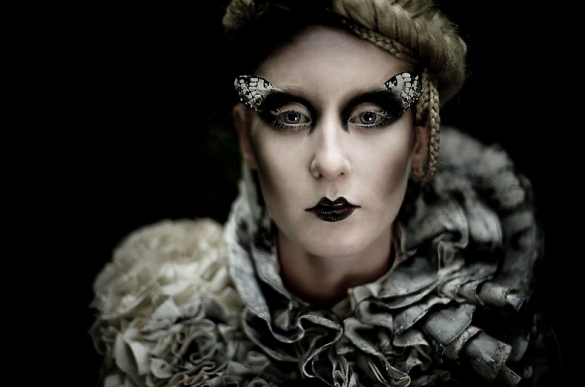 However, for me her most emotive work is that which is a
little more raw and less contrived. My
favourites from “Wonderland” are ‘The lady of the Lake’ and ‘Euphaeidae.’ Both images have a simple beauty and allow
you to focus on the emotion in the faces of the subjects as well as the way
they sit perfectly within these natural and less constructed settings. I also love Kirsty’s portraits from Hong Kong
and some of her early and very open personal stuff. I love looking at her flickr stream because you
can see her journey as an artist, share in her thought processes and
intriguingly, witness the development of her work and creative style. All artists go through this journey and here
is an example of one who, for me, ends the debate about whether or not
photography is an art form.
However, for me her most emotive work is that which is a
little more raw and less contrived. My
favourites from “Wonderland” are ‘The lady of the Lake’ and ‘Euphaeidae.’ Both images have a simple beauty and allow
you to focus on the emotion in the faces of the subjects as well as the way
they sit perfectly within these natural and less constructed settings. I also love Kirsty’s portraits from Hong Kong
and some of her early and very open personal stuff. I love looking at her flickr stream because you
can see her journey as an artist, share in her thought processes and
intriguingly, witness the development of her work and creative style. All artists go through this journey and here
is an example of one who, for me, ends the debate about whether or not
photography is an art form.

